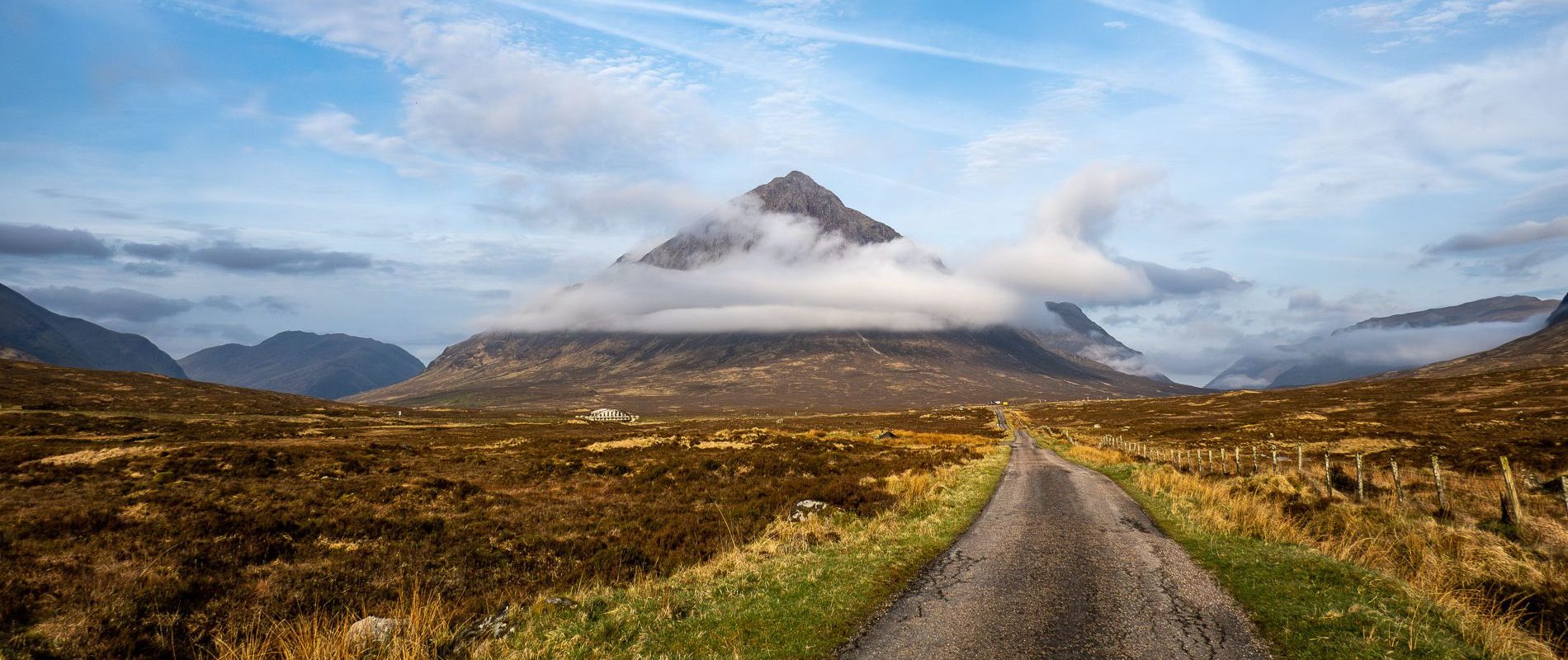Why Humankind

Why Humankind?
Because we’re all in this together
Scotland has been called ‘the home of The Enlightenment’ and the Enlightenment values that underpin Humanism – freedom of belief, freedom of expression, the rule of law, and universal human rights – are the same values that underpin liberal democracy. Until recently they seemed secure, but no longer; democracy and freedom are now in crisis around the world.
HUMANKIND’s mission is to stand up for those values by creating a community for those who share them, to provide a humanist perspective within multi-faith chaplaincy, and to conduct humanist ceremonies of all kinds.
The values of HUMANKIND are those set out in the Amsterdam Declaration, which affirms the right of every human being to the greatest possible freedom compatible with the rights of others.
We seek to cooperate with people of different beliefs who share our values, all in the cause of building a better world.
Statement of aims and beliefs
Values
Humanism is a force for good, which helps shore up civil society. Celebrating our shared humanity through our ceremonies not only gives meaning and purpose to our lives, but it also allows us to promote civility, compassion, tolerance, truth, and fairness; these are the humanist values by which we live
Beliefs
At HUMANKIND, we believe that a peaceful world can only be achieved by accepting diversity and difference. In chaplaincy, we work alongside people of other faiths and beliefs to build harmony; the same objective we promote through our ceremonies.
Spirituality
At HUMANKIND, we follow the NHS Scotland definition of spirituality. “Spiritual care recognises and responds to basic human needs and core beliefs… It begins with compassion… and moves in whatever direction need requires.”
Diversity
At HUMANKIND we celebrate diversity and embrace equality. As we say in Scotland, “we’re a’ Jock Tamson’s bairns”; we’re all the same under the skin.
Image by Richard Cross
